What's It Like To Daily Drive A Classic Truck With A Modern LS Swap?
What's it like turning the key on a classic truck and feeling confident that it's going to fire up each and every time? I wish I knew—just kidding. While my Jeep Grand Wagoneer LS swap project had had its share of ups and downs, the experience of a modern drivetrain in an old school platform is something unique on the automotive landscape.
Done right, and you get all the benefits of current-day engineering combined with timeless styling and a hefty dose of utility. Done wrong, and you've got a formula for headaches. Either way, daily driving a classic truck with a modern LS swap has been a real eye-opener.
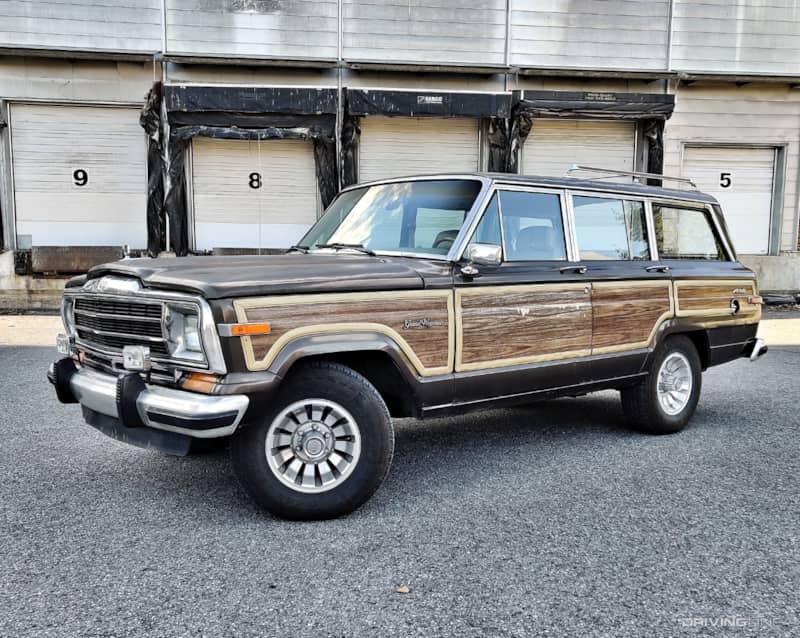
Curious about tackling a similar project? Wondering how it feels to trade carbs for EFI and banish worries like vapor lock forever? Here's my run-down on owning and driving an LS-swapped Jeep Grand Wagoneer.
You More Quickly Discover The Limits Of Your Platform
My 1987 Grand Wagoneer was originally designed in the 1960s, and very little about its chassis or suspension setup was changed over the ensuing decades. This means I'm dealing with a ladder frame, solid axles front and rear, and leaf springs at all four corners, which is about as basic as trucks get.
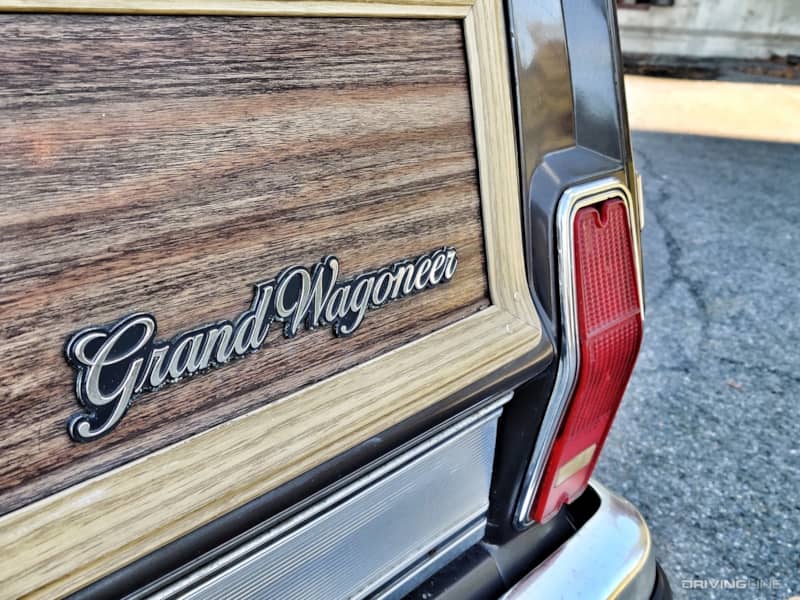
With only 140hp or so from the factory it was rare for the Jeep in stock form to pose too much of a threat to itself in terms of overzealous steering inputs or cornering catastrophes. Now that the LS swap is pouring out nearly 400hp, I have to be much more cognizant of how fast it picks up speed, and especially how much power I put down while I'm in the middle of a turn. It's far easier to not only spin the rear wheels with the new setup, but also tilt the top-heavy Jeep a little too sharp with the over-assisted rack.
The same is true when it comes to braking. Although the 280 lb-ft of torque produced by the original AMC engine was great for towing, combined with 2.72 gearing it was snail-slow in a straight line. With 3.73 gears installed to better match the 4L60E transmission's ratios, the extra 100 lb-ft of torque from the swap means that the Jeep is considerably quicker in a straight line, and able to haul that much more trailer load.
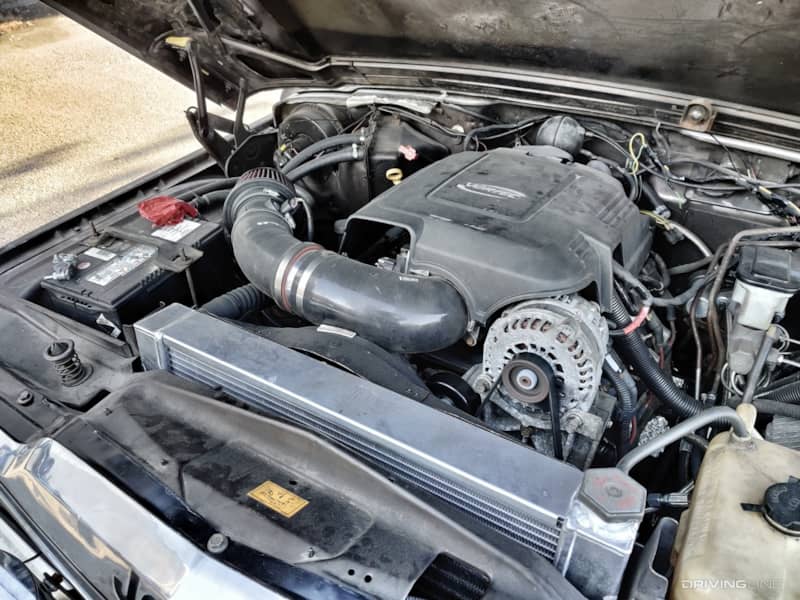
Not wanting to trust the original braking system, which would have been horribly overmatched by the weight of my track car tagging along behind, I installed a hydroboost braking system that used the power steering pump to actuate the brakes rather than use engine vacuum as in the stock setup. The end result is a firm pedal at all times, and a big upgrade over the Grand Wagoneer's ancient, under-sized design.
It Changes The Way You Drive
When I first bought my Grand Wagoneer, I quickly adapted my driving habits to its lazy torque delivery, bouncy ride, and single-finger steering boost. It was almost like getting behind the wheel transformed me into the kind of patient and observant driver one needs to be when pushing an underpowered classic through modern traffic, doing my best to keep extra stopping and reaction distance from the vehicles around me, and just generally enjoying a laid-back cruise.
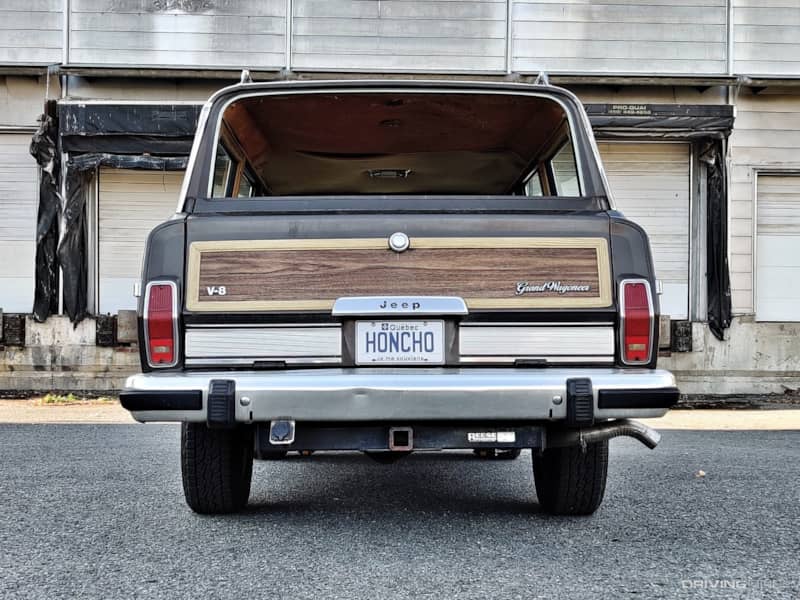
Now that the 5.3L LY5 is under the hood, my approach has changed considerably. My driving style is similar to how I would approach a more modern truck of this size, which means I'm more aggressive with the throttle, pass regularly, and have faith in my brakes. New body mounts and new Bilstein shocks have helped the SUV feel a lot more solid, too, and taken some of the bump and chatter out of the equation on rough roads.
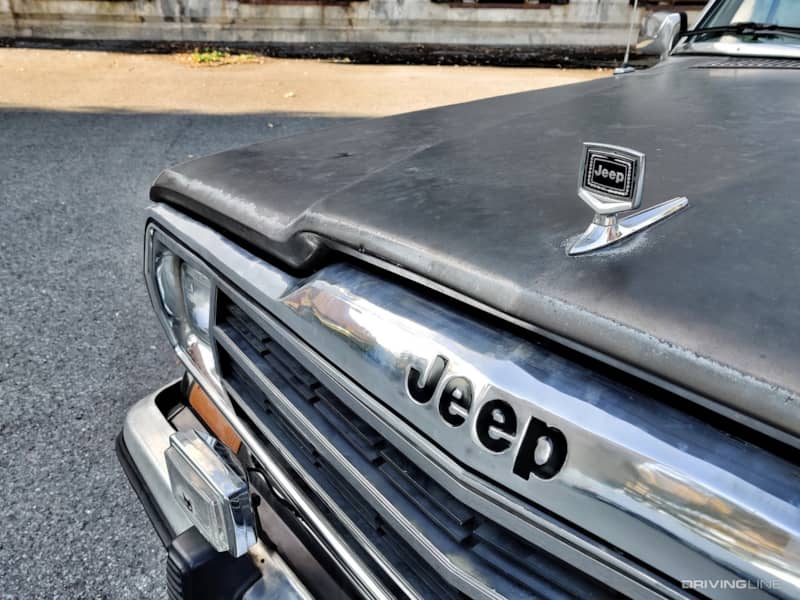
As mentioned above, I have to stay cautious about cornering, because the Jeep's suspension is in no way setup to handle sudden changes in direction, but other than that the drivetrain truly feels modern despite the vintage packaging.
You Trust The Swap More, But Still Feel Nervous On Longer Trips
This swap has given me no end of trouble in terms of working out the bugs that come with any major automotive project. I've had issues with transmission programming, fuel pumps, gauge readings, and hydraulic lines, and several of these problems left me stranded on the side of the road over the course of the summer.
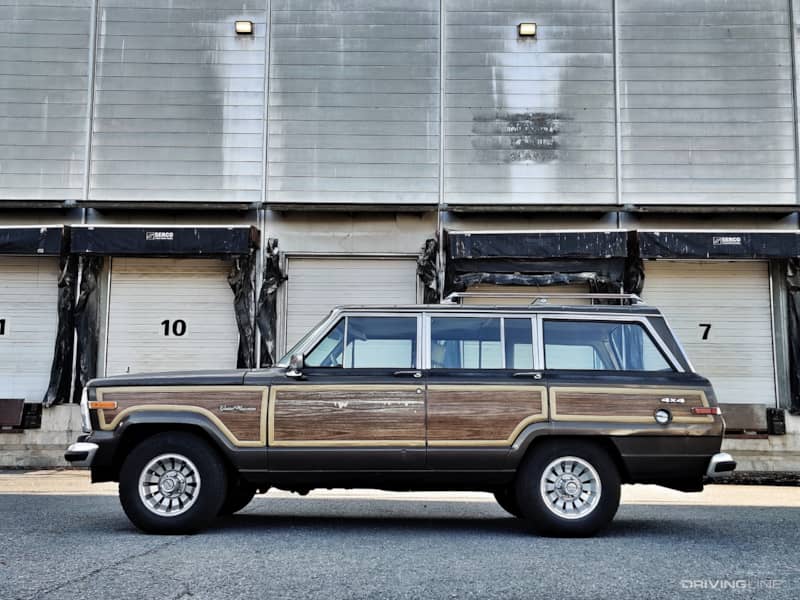
In many ways this is frustrating, particularly since the entire goal of the LS swap was to make my Grand Wagoneer reliable enough to use as a daily driver versus rolling the dice with its 33 year old engine and trans.
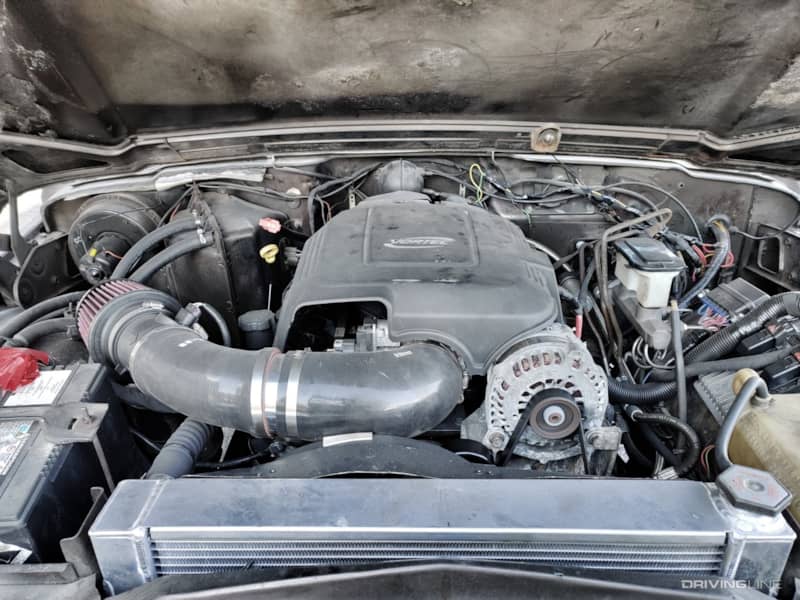
Intellectually, I know that the rebuilt engine under the hood is close to bulletproof, but the failure of so many supporting systems as the kinks are straightened has made me cautious about trusting the vehicle for longer trips. In fact, over the last month I've adopted a 'no highways' policy while I put more miles on the current ECU and transmission tune, because I've become gun-shy about any other ancillary components that might give up the ghost during the initial break-in period.
Troubleshooting Becomes Both Easier And Harder
When things do break on an LS-swapped classic car or truck, trying to figure out what exactly went wrong is sometimes easier, but other times more of a challenge. The presence of an engine diagnostic system, for example, means I can read trouble codes, which was useful when tracing a recent stalling issue linked to a lean condition that we traced back to a failing fuel pump. Other aspects of the build are more custom, and as a result don't always lead to straightforward troubleshooting.
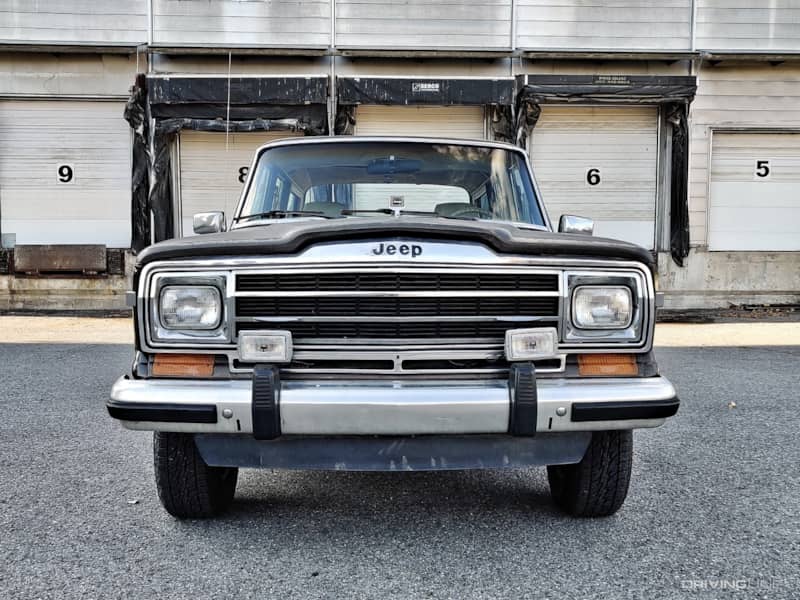
One such scenario stands out. There were several issues getting the vehicle's ECU to read vehicle speed through the sensor on the transfer case. We installed a new vehicle VSS as well as a replacement transmission control module, which solved only part of the problem—vehicle speed was now present and accounted for, but the transmission wasn't able to use it to properly shift gears. The final analysis revealed more than 20 parameters in the ECU and TCM's code that hadn't been set properly, which was impossible to see without plugging the entire truck into a programming tool like HP Tuners and going through the system almost line-by-line.
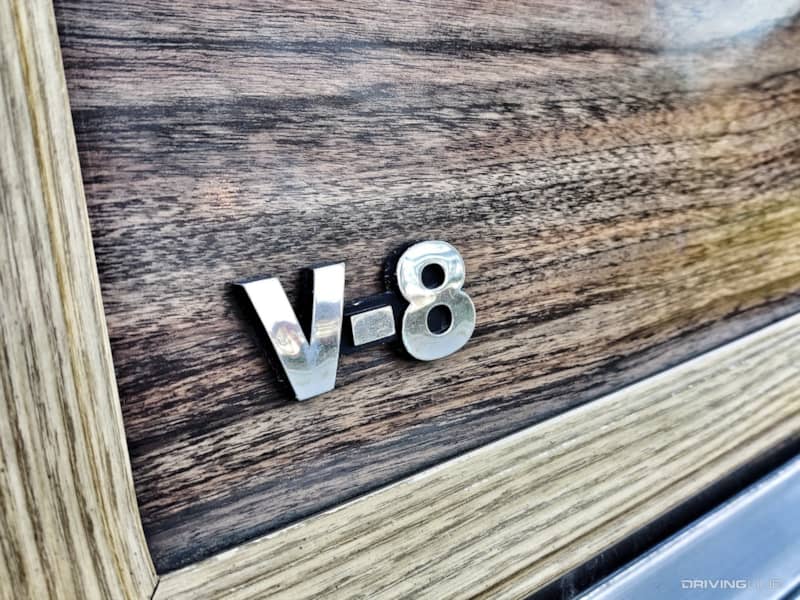
Being willing to think creatively when trying to fix problems on a swapped vehicle is a useful asset, but so is patience. I was fortunate to have a good shop working through these issues with me, as well as access to a strong online community of other full-size Jeep owners who had completed similar projects.
More From Driving Line
- Why did I decide to swap an LS into my classic 4x4? Here's a list of the reasons I modernized my truck's drivetrain.











